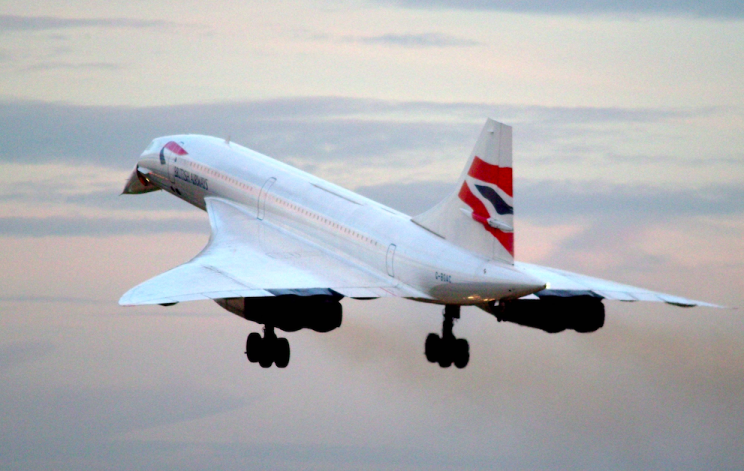London to New York in TWENTY MINUTES: Supersonic plane could revolutionise transatlantic travel

Commuters may one day be able to fly from London to New York in as little as 20 MINUTES, according to the creator of the next-generation plane that would take them there.
The Antipode would use a brand new technique known as ‘long penetration mode’ that would be able to propel the jet to speeds way beyond the capabilities of current models.
However only 10 passengers would fit on the jet, that would take off at a normal airport runway before using rocket boosters to climb to 40,000 feet.
Once at height, it would then deploy its ‘supersonic combustion ramjet engine’ to reach speeds of Mach 24 – 10 times faster than Concorde and a staggering 21 times the speed of sound.

MORE: Iconic Piccadilly Circus lights switched off until autumn
MORE: Students discover 19th century cave under their rented house
The rocket boosters would then be detached to fly back to the ground to be used again.
Canadian designer Charles Bombardier said the Antipode would be able to fly at speeds of 16,000mph – compared to the 570mph of a Boeing 747.
Speaking about his invention, he told the BBC: “The idea of going from New York to London in, say 20 minutes – that’s what I think really grabbed people.”
“It’s always something that people would like – a transportation system that could take you from one place on the planet to the other side.”
This is not the first jet that Mr Bombardier has designed – his previous Skreemr idea was scrapped because of noise and overheating problems.
However, he was contacted by Joseph Hazeltine, an engineer with the company Wyle, which works with Nasa and the US Defense Department, after publishing the design for the Antipode.
Mr Hazeltine came up with the idea of incorporating the ‘long penetration mode’ technique that would involve air channels in the plane being used to cool the jet’s surfaces and reduce the noise of the sonic boom produced when the plane breaks the sound barrier.
The technology was recently tested by Nasa.
But if you are thinking that a quick trip to New York for a spot of shopping during lunch was a distinct possibility in the future then you’ll be disappointed as the idea remains nothing more than just that – an idea.
Mr Bombardier added: “In the end it’s not a practical idea – it’s a concept”.
“I know that it’s not going to lead to the exact aircraft at the end, but it might help to develop new technologies and new processes.”
Top pic: Abishkek Roy/imaginactive.org

 Yahoo News
Yahoo News 


